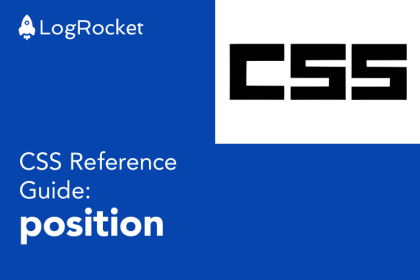
positionOur guide to specifying and manipulating elements with the CSS position property.
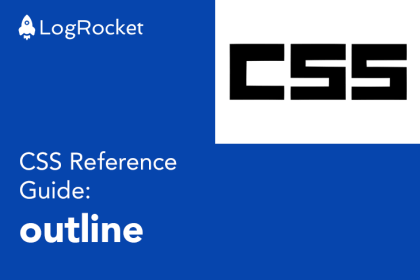
outlineOur guide to the CSS outline shorthand property, including its syntax, component properties, and how it’s different from the border property.
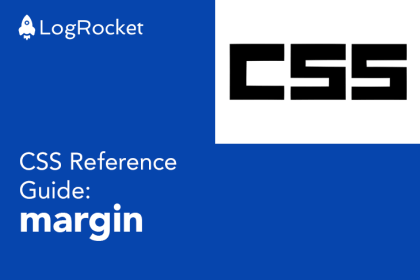
marginOur guide to the CSS margin shorthand property, including syntax, values, and a live demo.
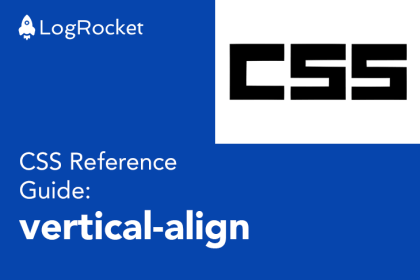
vertical-alignOur guide to the CSS vertical-align property, including its syntax, values, and a live demo.
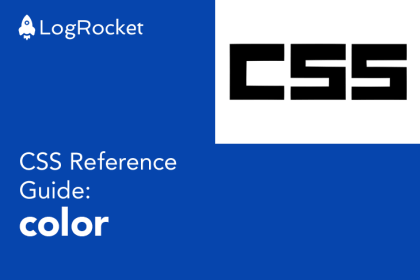
colorOur guide to the CSS color property, including its syntax and values.
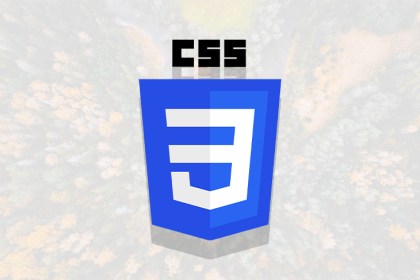
In this post, we will learn some tips and tiny changes that you can start applying to the way you write CSS to create better web experiences.
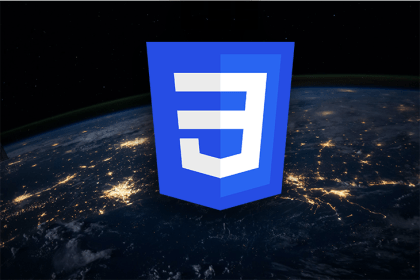
This post shows you how to use CSS logical properties to create more accessible sites.
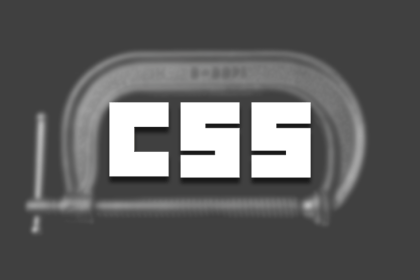
min(), max(), and clamp() CSS functionsThe min(), max(), and clamp() CSS functions can revolutionize web layouts, but they can also make CSS much more difficult to reason about.
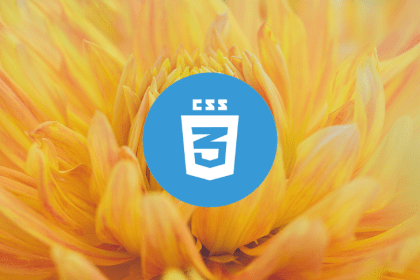
In this guide, we’ll focus on five new CSS features that you can already test in the stable version of at least one web browser.
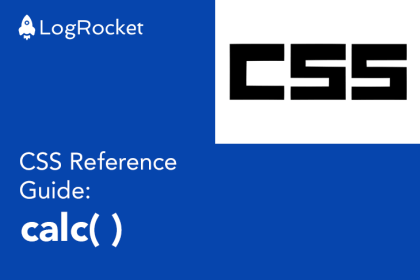
calc()Our guide to the CSS calc() function, including rules, use with CSS variables, and examples.
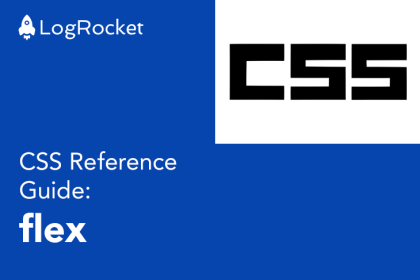
flexOur guide to the CSS flex shorthand property. Learn its syntax, component properties, usage rules, and more.
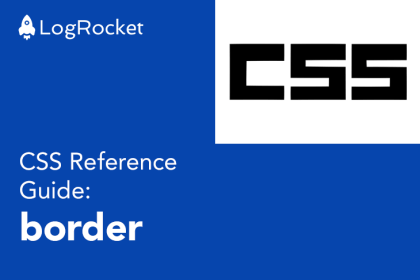
borderOur guide to the CSS border shorthand property, including syntax, component properties, and keyword values.